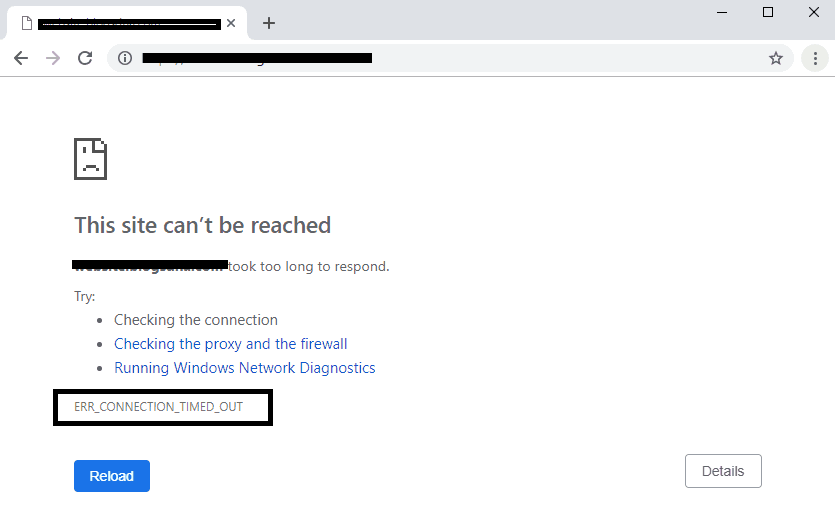There is a chance that it will be beneficial to Windows users. The system, on the other hand, is plagued by a number of problems that consumers are unable to pinpoint.
So, all users need to do is master a few new skills in order to get Windows up and running again. As a result of its widespread association with the Blue Screen of Death, the Kmode Exception Not Handled error (BSOD).
A Kmode Exception Not Handled occurs when the system is hit by an unexpected blow or crash. What happens when you are unable to resolve an issue is that your system will stop working altogether.

The Kernel Mode Program is the primary cause of this problem, causing an exception that cannot be identified. System-to-system variations exist for the Kmode Exception Not Handled issue.
Read Also:
Unresolved Kmode Exception Sources
This error code can be caused by any number of things, including an issue with the RAM or other hardware, hardware that is running at or near its maximum performance capacity or drivers that are performing at or below their optimal levels.
The following are some of the many solutions we’ve developed to deal with user reports of Kmode Exception Not Handled errors:
There was an error in Kmode handling of the ntfs.sys and ndis.sys files, as well as wdf01000.sys, tcpip.sys and iastora.dll files, as well as netio and syntp.dll files, etd.dll, and tppwr32v.dll –
The name of the file causing the issues will display in the error message. When a Kmode exception is not handled owing to a USB device, it is possible that the USB device or the driver itself is to blame.
Exception Not Handled overclock: Users overclock their PCs to get better performance, but this results in errors.
When attempting to install a programme, you may see a Kmode Exception Not Handled During Install. It’s because you have a faulty driver installed on your computer.
As soon as the PC is turned on, the Kmode Exception Not Handled loop appears, which can lead to the PC being restarted.
In this case, Kmode Exception Not Handled RAM, the cause is a malfunctioning RAM module.
The Kmode Exception Not Handled issues can be easily fixed if you know what caused the problem or what the faults are.. Adding it to Windows 10 is a simple process that takes only a few minutes.
Steps To Troubleshoot Windows 10 Kmode Error Not Handled
Here are a few of the most effective methods for quickly resolving the Kmode Exception Not Handled bug in Windows 10.
1. Remove The Driver
If a Kmode Exception Not Handled error message is displayed, the operating system’s driver name is displayed. After that, it’s a matter of doing the little things to get rid of the problem.
There are a few things you need to do before this can be fixed: Install the driver again, this time using the updated version. This problem can be resolved by following the procedures listed below:
Step 1: First, press Windows key + X to bring up the Start menu. To begin, select “Device Manager” from the drop-down menu. Remove the driver by selecting it and then uninstalling it.
Step 2: Download the same driver again, this time with the most recent update. Finally, you must set up the driver on your computer.
Finally, restart the computer.
The Kmode Exception Not Handled problem should be fixed after following these procedures to the letter. There are no glitches in the system. Even when the problem persists, it’s possible that it’s not a problem with the driver.
2. Free Up Memory on Your Computer
Because the memory disc is too small, the Kmode Exception Not Handled error arises. Old documents, downloaded files, and other files that are no longer needed accumulate over time on your computer.
A lot of memory space could be taken up by these objects. If you get the Kmode Exception Not Handled problem, it becomes an issue. You must free up memory to prevent this from happening. The steps listed below can assist you in decluttering your computer’s hard drive:
Remove files that are no longer needed for storage:
Step 1: The first step is to open the Windows menu and select the choices Settings System Storage from the drop-down.
Step 2: The second step is to enable Windows to automatically delete unnecessary files.
(or)
Change how we free up space automatically in order to manually configure.
Step 3: This new feature lets you eliminate unnecessary files in a clean manner.
Remove programmes you no longer use:
Step 1: Select Settings Apps & Features from the Windows menu, then click on Apps and features.
Step 2: In the second step, look for an app that you no longer need to utilise. Select the programme you want to remove to free up some space.
3. Using Safe Mode to Check For Errors On The Computer
Errors should be avoided as long as the system isn’t able to improve performance. Problems can be resolved by running your system in safe mode while you search for solutions. To start the computer in safe mode, perform these steps:
Step 1: To begin, press any key to start the system. Select the Repair Your Computer option next. Select from the available options Diagnosing and Fixing Problems Advanced Options Startup
Step 2: Now select Restart from the drop-down menu that appears. Once you’ve entered Safe Mode with networking, press F4, F5, and F6 to exit.
Safe mode has been activated. You can also look for and correct errors. The Kmode Exception Not Handled problem will be fixed. Installing Windows 10 media, like a DVD or USB flash drive, is required for systems that cannot access Windows 10 software.
4. Restart The Computer
Step 1: Next, enter BIOS mode by pressing the Del or F2 keys. To access the BIOS, refer to the motherboard’s instruction manual.
Step 2: Now, in BIOS, make the necessary adjustments, save, and then exit. Click any key at this point. After that, there are several options to consider. To troubleshoot a computer, use the Advanced Options menu or the Command Prompt in Windows Repair.
Step 3: In the Command Prompt, enter c: and press Enter. In Command Prompt, type the Bootmenupolicy Legacy and press Enter.
Step 4: A notice will appear if you completed everything correctly. In Command Prompt, the operation was completed successfully. In Command Prompt, type Exit and press Enter. After that, click Continue to bring up a restart menu. Remove the Windows 10 installation discs and reboot your computer.
Step 5: Press the F8 key and select Safe Mode with Networking from the menu that appears.
5. Updating Your Device’s Drivers
Manually installing and updating drivers is a time-consuming process that is made even more so by the additional download and installation times involved. As a result, drivers are not being updated since users are too lazy to do it.
Because of this, old software that has not been updated can cause issues and slow down your computer while you are working. As a result, drivers and software must be updated from time to time. In order to manually update the drivers, you can follow these steps:
LAt the beginning, press the Windows key and X. The menu appeared on the screen after that.
Step 2: Select Device Manager from the drop-down menu.
Step 3: Select the unknown driver that needs to be updated and click on the “update” button. Then, click on the Update Driver option. ‘
Step 4: From here, you can select either Search automatically for new driver software or Browse my computer for new driver software.
Wait a few minutes for all drivers to be updated. Finally, restart your system to ensure that the modifications you’ve made take effect. After the driver updates, there are certain adjustments to attack Kmode Exception Not Handled problems again.
Read Also:
Conclusion
It is therefore possible to fix the “Kmode Exception Not Handled” bug by using the procedures listed above. Kmode Exception Not Handled error can be fixed using the given approaches. Please contact the system’s developers if you are still experiencing difficulties.





Leave a Reply